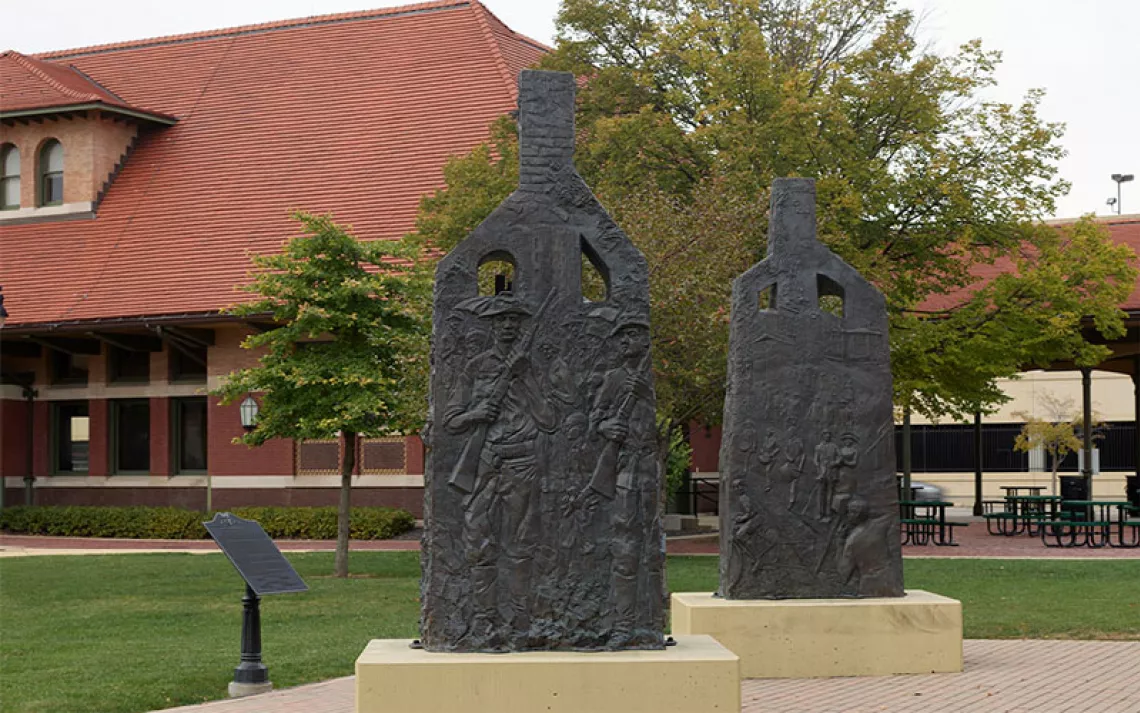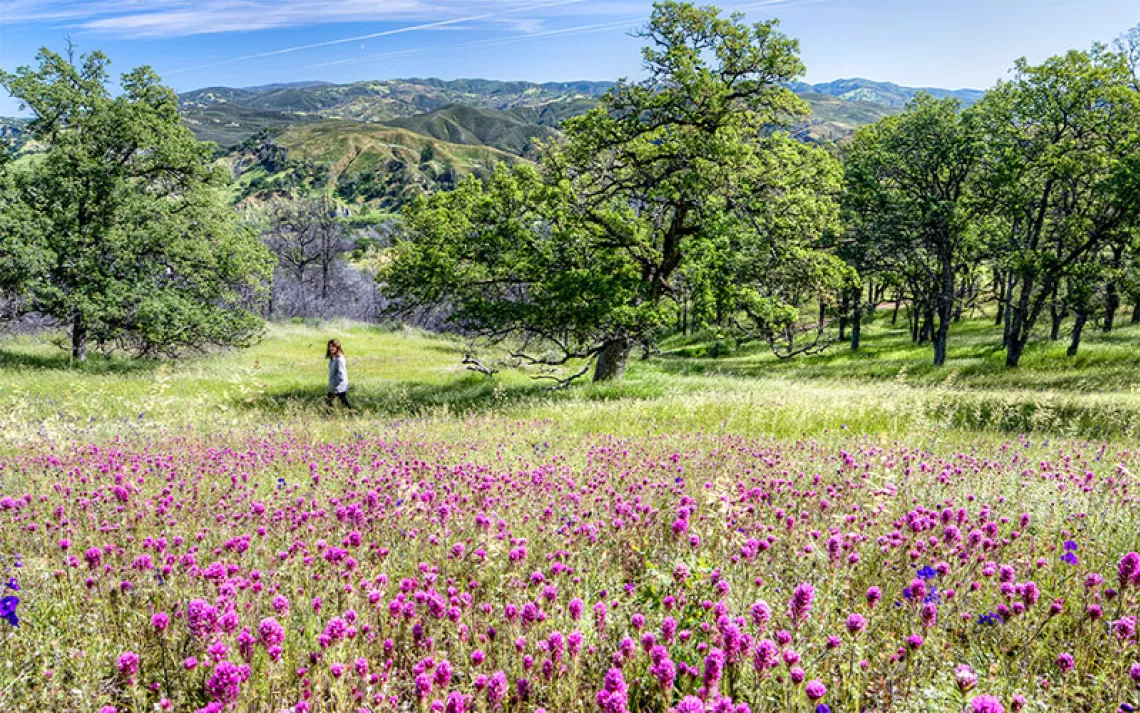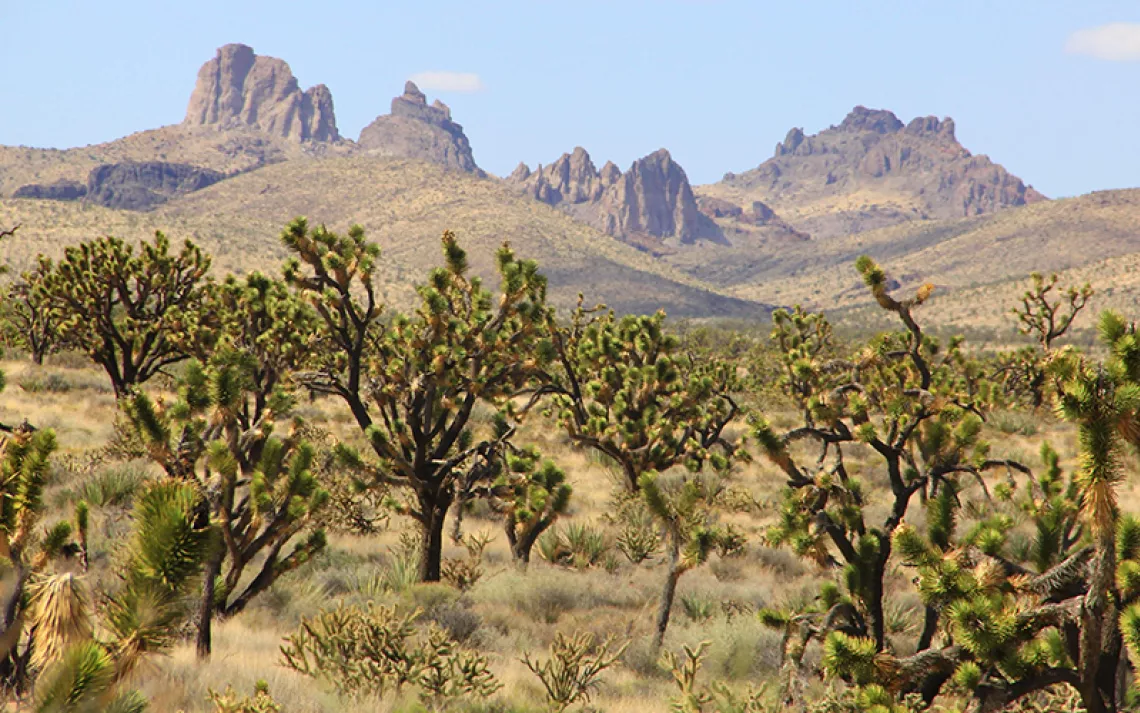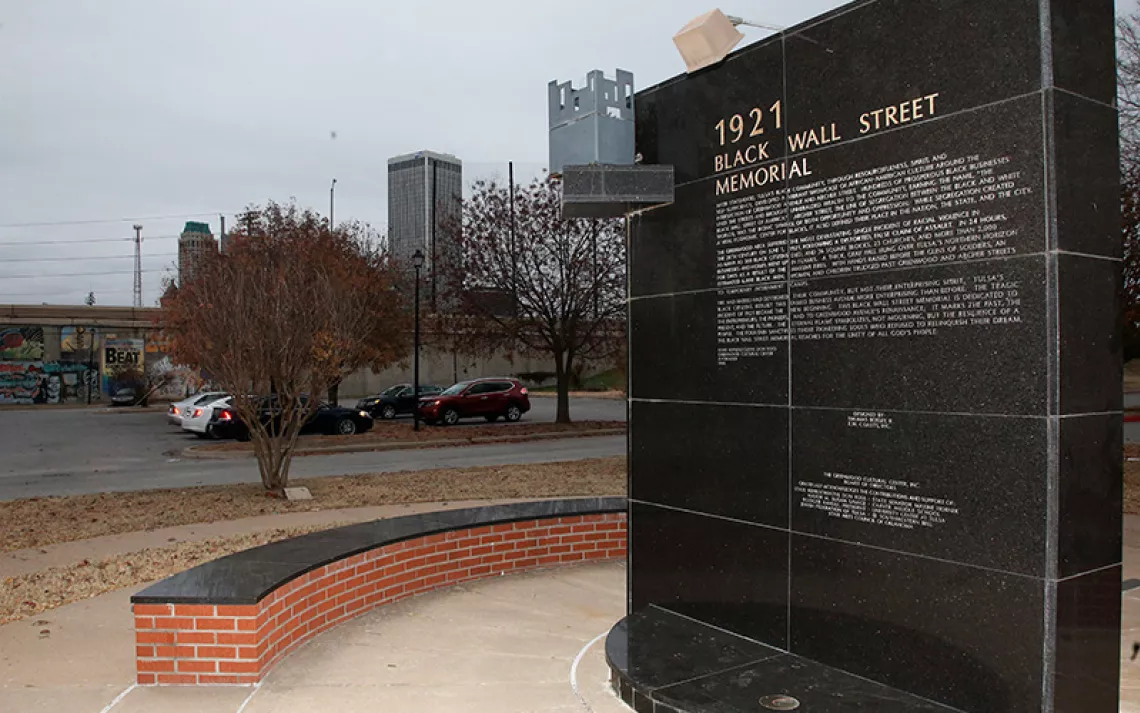Will Trump Abolish Utah's Bears Ears National Monument?
First casualty in the fight: Utah loses the giant Outdoor Retailer trade show

Photo by lightphoto/iStock
When President Barack Obama created the Bears Ears National Monument in December, many people celebrated the protection of 3,000 square miles of river canyons, mesas, and mountains in southeast Utah. Environmentalists were happy to see wildlife habitat saved from oil and gas development and illegal four-wheel-drive traffic. Native American tribes and archaeologists cheered protections against the looting and vandalism of thousands of ancient cultural sites. Even rock climbers applauded the first monument to specifically acknowledge climbing as a recreational activity.
But Utah’s Republican politicians were not clapping. Senator Mike Lee called the designation an “arrogant act by a lame duck president.” Senator Orrin Hatch—who had previously floated the possibility of an armed standoff like the one at the Malheur National Wildlife Refuge in Oregon—labeled it an “astonishing and egregious abuse of executive power” and “an attack on an entire way of life.”
Their argument was the same in 1996, when President Bill Clinton established the Grand Staircase-Escalante National Monument—the idea that states, not the federal government, should manage lands within their own borders. Some western Republicans hoped that President George W. Bush would abolish the monument, but he never did. Now, however, with Republicans in control of Congress and the White House, Utah’s leaders think they have a good shot at getting President Trump to repeal the Bears Ears monument entirely.
In January, Utah House Speaker Greg Hughes sponsored a bill to do just that, claiming that the monument would hinder economic development in the region—San Juan County is the poorest in the state—and that federal land management agencies are already stretched too thin. (The Bears Ears monument is set up to be comanaged by the U.S. Forest Service, the Bureau of Land Management, and five native tribes.) Representative Jason Chaffetz and Senator Hatch have both personally urged President Trump to revoke the designation.
Like every modern president except Reagan, Obama used his authority under the Antiquities Act to create or enlarge national monuments during his tenure—26 in Obama’s case, putting him second only to Franklin Roosevelt. The key question is whether the act grants a president the opposite power, says Mark Squillace of the University of Colorado Law School, who worked on national monuments during the Clinton administration. No president has ever tried to rescind a national monument created by a predecessor, he says, and any effort to do so would almost certainly be challenged in court. The most relevant legal precedent dates to 1938, when Homey Cummings, Franklin Roosevelt’s attorney general, found that the act does not grant this authority. “He was quite unequivocal on that point,” Squillace says. “It’s a pretty slippery slope to say one president can second-guess judgments made by a previous president.” A November report by the Congressional Research Service came to a similar conclusion.
Shrinking the monument is a more likely option. Presidents have changed monument boundaries 14 times in the past, either adding or subtracting small amounts without judicial review. The catch here, Squillace says, is that shrinking a monument requires proving that it is bigger than it has to be to protect everything listed in the proclamation, such as certain species or locations, as dictated by the act—and the Bears Ears monument is already smaller than what was originally recommended. “I think it will be a bit of a lift for Trump to try to carve something out of that,” Squillace says.
“The 1.3-million-acre boundary of the new national monument was determined after evaluating where thousands of vulnerable tribal burial sites, ruins, and petroglyphs are located,” says Marion Klaus, volunteer co-leader of the Sierra Club’s Our Wild America campaign. “Shrinking these boundaries removes the protections the Antiquities Act is meant to provide to our ancient heritage.”
Nobody disputes that Congress has the power to change or abolish monuments, though; it has done so numerous times in the past, albeit only on a small scale. Today, Republicans would likely have to be able to overcome a Democratic filibuster in the Senate with 60 votes.
Scott Groene, executive director of the Southern Utah Wilderness Alliance, says that if the easiest route—getting Trump to kill it—doesn’t work, the monument’s opponents will certainly target its funding. (On February 28, Representative Chaffetz asked a House Interior Appropriations subcommittee to refrain from funding the Bears Ears.) “The Utah delegation is acting like spiteful children,” Groene says. “Every time there has been a significant conservation gain, local politicians have torn their hair out and wailed. And every time you come back later, everyone agrees it was a good thing to do.”
The new interior secretary, former Montana representative Ryan Zinke, hasn’t committed himself one way or the other, although he hasn’t dismissed outright the idea of changing the monument. Meanwhile, the battle has already cost the state dearly. After 20 years in Salt Lake City, the mammoth, biannual Outdoor Retailer trade show, which brings $45 million a year to the state, announced that it will not be returning, in part because of the push to eliminate Bears Ears. “Without access to public lands,” said the Outdoor Industry Association, “our industries will not thrive.”
What You Can Do
Stand With Bears Ears: Our newest Secretary of the Department of the Interior, Ryan Zinke, must know that the hard-won Bears Ears National Monument should remain as it is. On his first day on the job, Zinke told us he will "do everything in my power to ensure respect to the sovereign Indian Nations and territories." Let's hold him to his word.
Tell Secretary Zinke to protect the Bears Ears National Monument.
 The Magazine of The Sierra Club
The Magazine of The Sierra Club



